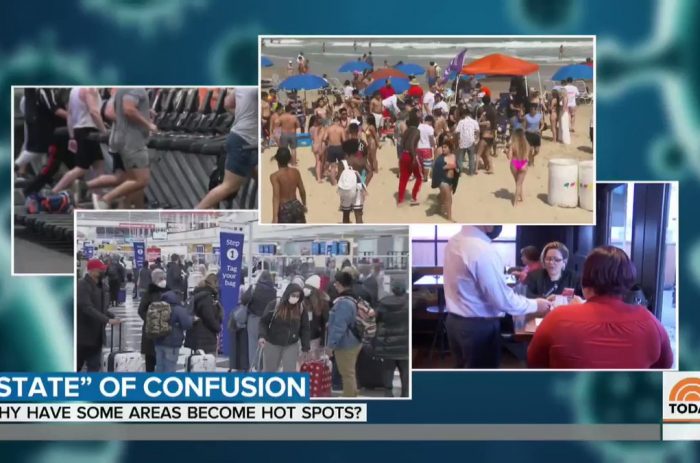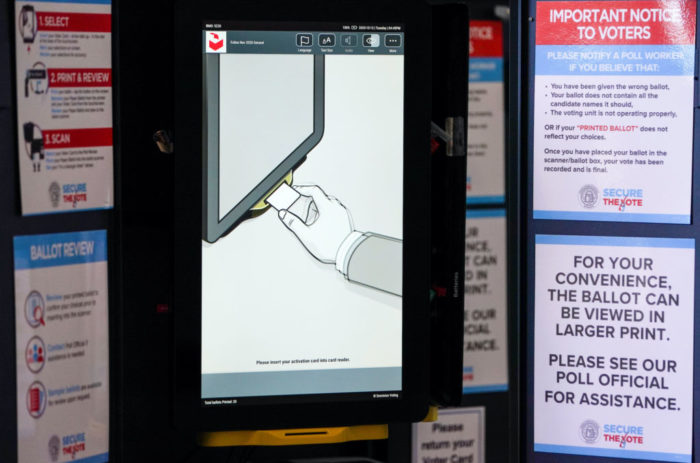redo Jump to...
print Print...
Directions
-Read the excerpt below from Julia A. Seymour's report posted at BusinessandMedia.org.
-Read "Types of Media Bias" in the right column. Then answer the questions.
Unemployment under President Barack Obama is at a 26-year-high. The last time the economy had 9.7 percent or higher unemployment was under President Ronald Reagan. But despite similar periods of rising unemployment, Obama and Reagan received almost exactly opposite treatment from the network news media.
Under Obama reporters have gone to great lengths to spin rising unemployment by finding “positive trends” in the job losses, even focusing on as few as 25 jobs being “saved” by the economic stimulus package. But when Reagan was president journalists showed unemployed families living out of their cars under a bridge in Texas and quoted Democrats or union leaders’ attacks on the president’s “wicked” and “sadistic” fiscal policies.
ABC’s George Stephanopoulos looked on the bright side for Obama Sept. 4, 2009, telling viewers, “the unemployment rate nears 10 percent, but the numbers aren’t all bad.” Rewind to May 7, 1982, when unemployment hit 9.4 percent three-tenths of a percentage point lower than it would be in August 2009. That night, NBC found people in Seattle in dire straights.
“The lines for free food at food banks are four times what they were six months ago,” NBC’s Don Oliver told “Nightly News” viewers. Oliver’s report focused on the “new poor” and the emotional effects of unemployment, including suicide and battering.
The Media Research Center’s Business & Media Institute examined network unemployment stories on the evenings that unemployment data was released by the Bureau of Labor Statistics from March 2009 to September 2009 and March 1982 to September 1982. During that timeframe in 1982 unemployment ranged from 8.9 percent to 9.8 percent, and in 2009 it shot up even faster – from 8.1 percent to 9.7 percent. Here are some of our findings:
- Network Reports 13 Times More Negative Under Reagan than Under Obama: An overwhelming majority of stories mentioning the Reagan administration were negative 91 percent (20 out of 22) while only 7 percent (1 out of 15) of Obama administration mentions were negative. Additionally, Obama mentions were favorable 87 percent of the time, but there were zero positive mentions of Reagan.
- Networks Connect Reagan White House to Negative Jobs Numbers Almost Twice as Often as Obama: Unemployment stories in 1982 mentioned the Reagan administration 71 percent of the time (22 out of 31), but 2009 stories mentioned the Obama administration only 40 percent of the time (14 out of 35).
- Charles Gibson: 9.4% Unemployment ‘Good News’ (Obama) and also ‘All’ Bad (Reagan): The unemployment rate reached 9.4 percent under Reagan and Obama. But ABC’s Charles Gibson covered the identical rate very differently in 1982 than in 2009. Gibson told viewers May 7, 1982, “[T]here really isn’t any good news in the statistics. All the numbers are bad.” But by 2009, Gibson had turned into an optimist citing “good news” June 5 and “hope the economy may be finally turning the corner” Aug. 7.
………………………….
Conclusion
Despite having similar periods of rising unemployment, Presidents Reagan and Obama were treated very differently by the network news media. This fit the theme of the network news when it came to economic reporting.
Jobs and unemployment have been one of the most significant economic measures because they impacted everyone so directly. Network viewers who watched coverage of unemployment during the Reagan years were consistently told things were bad. For identical numbers under Obama, those very same networks claimed the economy was improving. That was clear-cut bias.
………………………….
Recommendations
State the Facts: Unemployment data, like all economic data, should be presented as is without reporter opinions being inserted into the broadcast. Forecasting job losses or gains should be left only to the experts.
Be Consistent: If 9.4 percent unemployment is bad, then it should be treated so regardless of who is president. If the number discredits a Republican administration, it should also discredit a Democrat.
Use History as a Guide: It is up to the networks to ensure that they cover stories consistently over time. A reporter working on a story about unemployment being the worst in 26 years should consult the coverage from that time for guidance.
Don’t Spin the Economy: Reporters should be embarrassed when they highlight 25 jobs gained after telling viewers 651,000 jobs were lost. If a story is negative, then tell it that way. Don’t allow White House spin from either party to distort the final result.
Read the entire report at BusinessandMedia.org.
To accurately identify different types of bias, you should be aware of the issues of the day, and the liberal and conservative perspectives on each issue.
Types of Media Bias:Questions
1. Do you think this report provides a valid example of media bias? Explain your answer.
2. Why do you think the networks reported negatively on unemployment under Conservative Republican President Ronald Reagan but report positively on the same unemployment statistics under Liberal Democratic President Barack Obama?
Scroll down to the bottom of the page for the answers.
Answers
1. and 2. Opinion questions. Answers vary.



